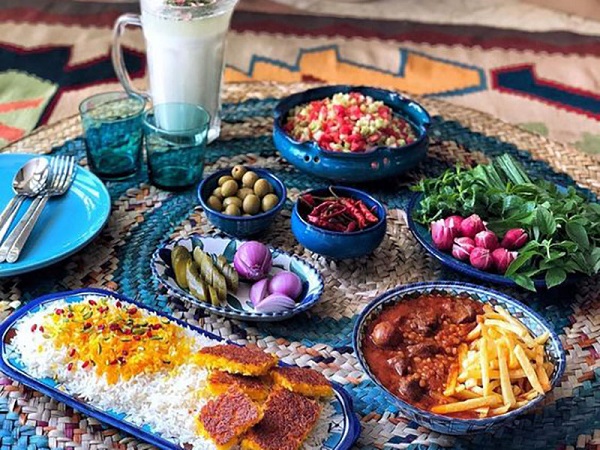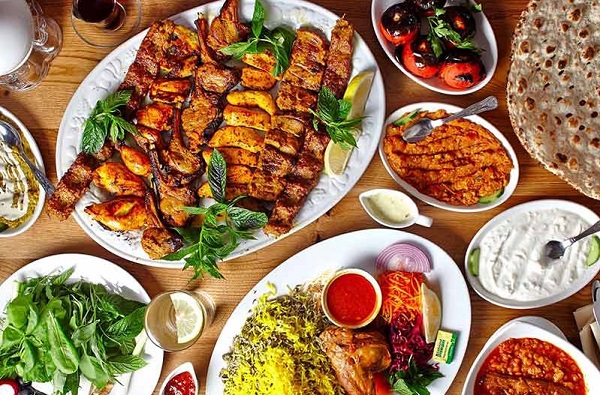visitpars :Iranian cuisine, also known as Persian cuisine, boasts a rich history that stretches back millennia. It’s a complex tapestry woven with influences from various cultures, conquests, and the ingenuity of its people. Buckle up for a delicious ride through the ages!
Ancient Grains and Nomadic Feasts
The story begins on the Iranian plateau, where wheat, barley, and millet formed the staples for ancient Iranians. Livestock like sheep, goats, and cattle were also central to their diet. As with many societies, early Iranian cuisine was likely quite simple, reflecting the nomadic lifestyle of some groups.
The Rise of Empires and Elaborate Cuisine
With the rise of powerful empires like the Achaemenids, things got more interesting. Royal courts developed a taste for luxury, and food became an art form. Spices like saffron, introduced through trade routes, became a prized ingredient. Rice, possibly from India, took center stage, replacing grains as the base for many dishes.
Islamic Influence and the Art of Stew
The arrival of Islam in the 7th century brought changes, with pork being removed from the menu. However, Islamic culinary traditions also enriched Iranian cuisine. Stews, a mainstay in Arab cuisine, became a prominent feature. The use of nuts, dried fruits, and fragrant herbs further diversified flavors.

The Safavid Golden Age: A Celebration of Rice
The Safavid dynasty (1501-1736) is considered the golden age of Iranian cuisine. Royal chefs elevated rice dishes (known as polo) to an art form, creating elaborate presentations with colorful ingredients like pistachios and jewels (edible, of course!). Desserts also gained prominence, with a focus on rich ingredients like honey, rosewater, and nuts.
Trade and Fusion: A Global Influence
Iran’s position on the Silk Road made it a hub for culinary exchange. Influences from China (noodles) and India (spices) further enriched the cuisine. Conversely, Iran introduced the West to fruits like apricots and eggplants.

Iranian Food Today: A Legacy of Flavor
Today, Iranian cuisine continues to evolve, but the core principles remain. Rice is still a staple, accompanied by stews, kebabs, and an abundance of fresh herbs and vegetables. Sweet treats like baklava and saffron ice cream provide a delightful end to any meal.
So, the next time you savor a fragrant Iranian dish, remember the long journey it has taken. Each bite is a testament to the rich history and cultural tapestry that has shaped Iranian cuisine into the delectable experience it is today.